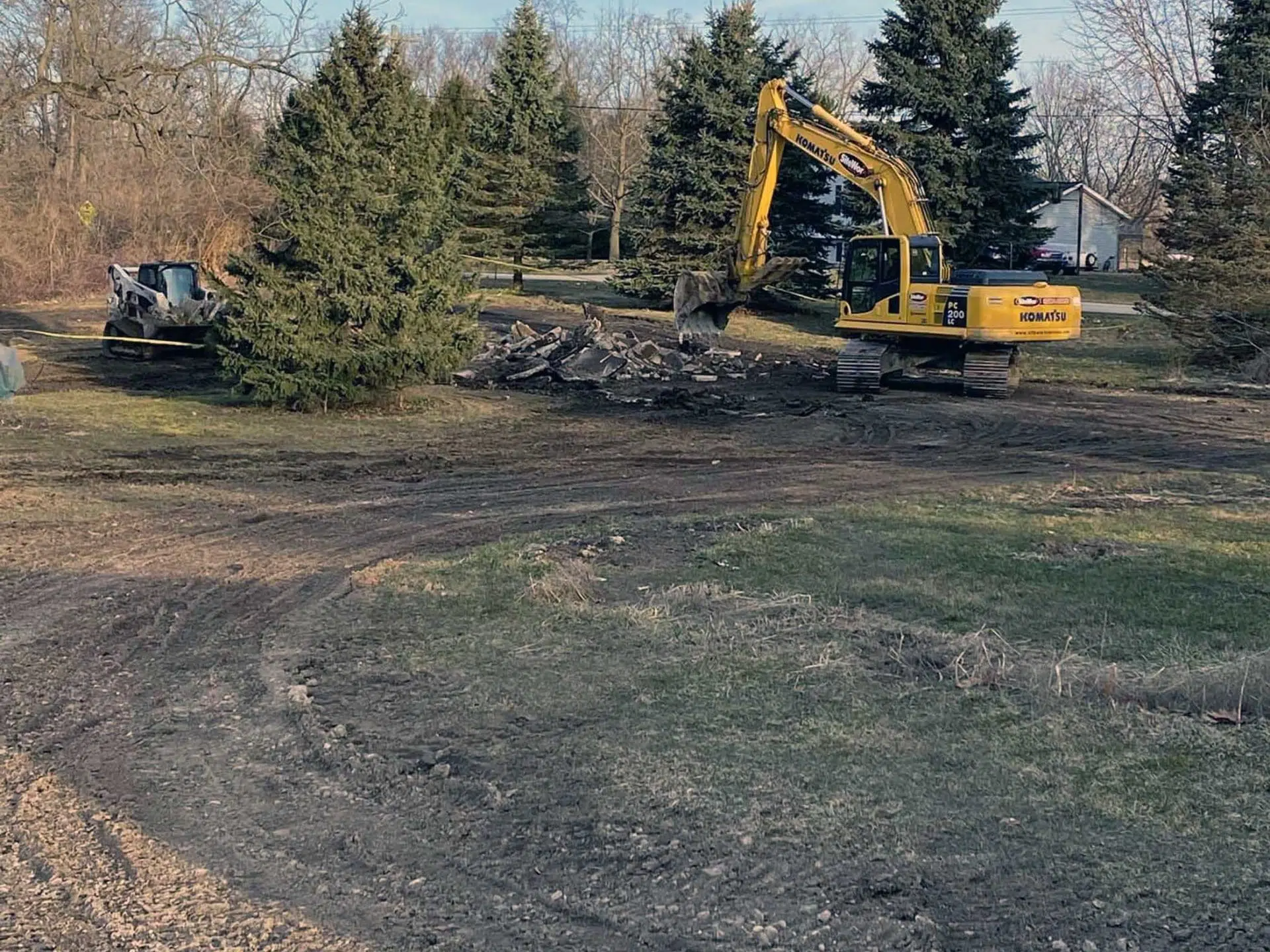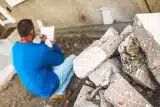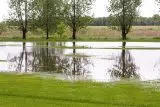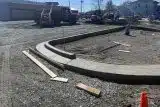FAQs: Soil Remediation
General
 Posted by: SiteWorx 2 years ago
Posted by: SiteWorx 2 years ago

Most people don’t spend time thinking about the soil we walk on every day. But it’s a vital part of keeping our environment, homes, and bodies healthy.
When contaminants and waste materials leach into the soil, it’s vital to use soil remediation to protect our health and the health of our community.
What is soil remediation?
It is the process of removing contaminants from soil. The EPA and other environmental agencies regulate soil contamination levels, imposing fines when cleanup and remediation are not completed.
There are two types of soil remediation: in-situ and ex-situ. In-situ means “on-site” and ex-situ means “off site”. The only difference is where the remediation takes place.
The in-situ process happens directly where the contaminated soil is found, while ex-situ means the contaminated soil is removed to a different location to be treated.
How do you “clean” soil?
It sounds counterintuitive to be able to clean, what is essentially, dirt. There are three common ways to accomplish soil remediation.
1. Bioremediation
This method uses microorganisms that break down and absorb soil contaminants. It can be used either on-site (in-situ) or off-site (ex-situ). In general, it is considered to be an ideal type of soil remediation as it is non-destructive.
2. Washing
Soil washing is more complicated than what we typically think of when we hear the word “washing”. Most of the time we’re trying to wash soil OFF of something else, right?
Soil washing is water-based and the soil is scrubbed clean by either dissolving or suspending it in a solution. It can also be done by concentrating the soil using attrition scrubbing or gravity separation.
3. Thermal Desorption
Heat is used in this method to allow the contamination to be separated from the soil. When complete, a sludge or filter cake is created and then safely disposed of.
What pollutants cause soil contamination?
The most common causes of soil contamination are:
- Pesticides
- Cyanides
- Heavy metals
- Petroleum and fuel residues
- Creosote
- Semi-volatiles
How do I know I need soil remediation?
Soil becomes contaminated when man-made chemicals leach into it. Common causes are chemicals that come from closed landfills, livestock runoff, illegal dumping of hazardous materials, waste piles from mining, or septic systems that have been broken or burst underground.
There’s really no way to know if your soil needs remediation without having it tested. If you see discolored soil around your home, notice strong chemical odors, or if your plants are failing to grow, it might be time to have your soil tested.
Is it easy to get my soil tested?
There are local soil engineers who can complete soil sampling and testing. Simple testing for the most common contaminants is usually affordable.
Hire The Best Excavation Professionals
Excavation is the most comprehensive method to remediate soil. That’s where we come in! Once contaminated soil has been identified, we remove it from your property and safely transport it for remediation and disposal.
Next, fresh soil is on the way after being tested, and it’s distributed throughout your property as a replacement for the old soil that had been contaminated.
Trust your excavation project to a team of professionals to ensure every crucial step is completed safely.
Ready to get started? Click below to schedule your free excavation consultation with one of our experts.



